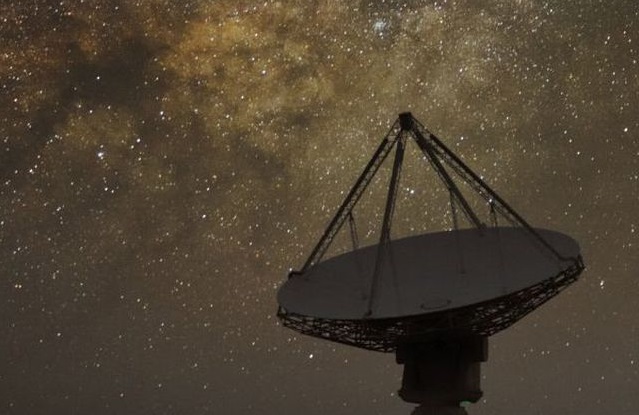
The Square Kilometre Array (SKA) Organization comprised of about 100 companies and research institutions across 20 countries, is currently building the world’s largest radio telescope array that will cover a square kilometre (one million square metres) of collecting area.
Utilizing thousands of dishes and up to a million low-frequency antennas to enable astronomers to monitor and survey the sky in precise detail at a much faster rate than any other system currently in existence, the project once fully operational is expected to generate more data traffic than the entire internet combined.
Arranging the dishes from the core into a spiral arm configuration, the distance between the dishes will be calculated and combined together to synthesize the equivalent of a single large dish.
“In doing so, the interferometry techniques enables astronomers to emulate a telescope with a size equal to the maximum separation between the telescopes in the array,” explained the SKA Organisation on their website. “This way, rather than build one gigantic dish, the capabilities of one huge dish are in some ways surpassed by the flexibility that this interferometry configuration brings. The system can act either as one gigantic telescope, or multiple smaller telescopes and any combination in between.”
With more than 500 engineers and scientists currently working on the Square Kilometre Array, this makes the project the world’s largest public science data initiative currently in operation.
The Array will be hosted in South Africa’s Karoo region and Western Australia’s Murchison Shire. Chosen for its remoteness and various factors such as atmospherics and radio quietness, the high and mid-frequency dishes will be housed in South Africa while the aperture array antennas will be placed in both Africa and Australia.
“The SKA will be able to conduct transformational science, breaking new ground in astronomical observations. SKA scientists have focussed on various key science goals for the telescope, each of which will re-define our understanding of space as we know it,” said the SKA Organisation in a statement. “From challenging Einstein’s seminal theory of relativity to the limits, looking at how the very first stars and galaxies formed just after the big bang, in a way never before observed in any detail, helping scientists understand the nature of a mysterious force known as dark energy, the discovery of which gained the Nobel Prize for physics, through to understanding the vast magnetic fields which permeate the cosmos, and, one of the greatest mysteries known to humankind…are we alone in the Universe, the SKA will truly be at the forefront of scientific research.”
To learn more about the SKA project, click the link below.





